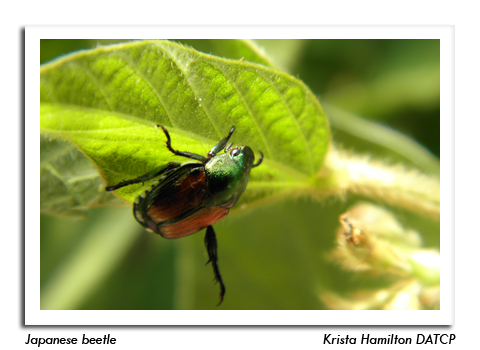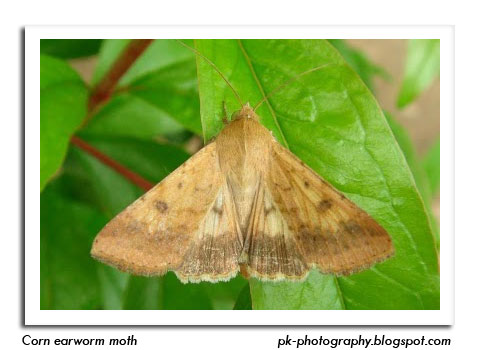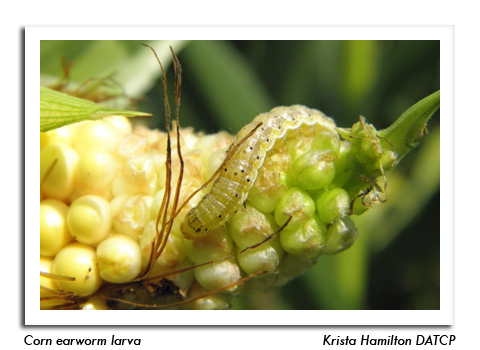
 |
|
|
Looking Ahead
Volume 59 Number 14 Date 08/07/2014 EUROPEAN CORN BORER - The treatment window for second generation larvae has opened in southern and western Wisconsin with the accumulation of 1,550 degree days (modified base 50°F). Susceptible corn should be inspected next week for egg masses and small larvae. Chemical control directed against early-instar corn borers will remain an option until 2,100 degree days have been surpassed, or for approximately three more weeks if below-normal temperatures persist. WESTERN BEAN CUTWORM - Moth counts have declined at most monitoring locations, signaling the end of the annual flight. The cumulative state total as of August 6 is only 409 moths in 103 pheromone traps. Preliminary results of the 2014 western bean cutworm monitoring survey are summarized in the map on page 93. SOYBEAN APHID - Regular monitoring of soybeans is advised at this time as more fields enter the critical pod-filling stages. Most sites sampled by DATCP this week still contained very low average counts of less than 20 aphids per plant, but a few isolated fields may have developed economic populations. Foliar treatment should not be considered until soybean fields have been thoroughly sampled to determine if the established threshold of 250 aphids per plant on 80% of the plants has been exceeded. JAPANESE BEETLE - Reports and survey observations indicate populations are down statewide this year, though these beetles are abundant enough in some apple orchards and nurseries to require treatment. Scouting is advised for apples, corn, grapes, soybeans, and all other susceptible crops. Economic thresholds vary by crop and are listed under the CORN, SOYBEAN and FRUIT sections. CORN EARWORM - The primary migration has not been documented as of August 6. The weekly total count of only 16 moths at 11 pheromone trap locations represents a decline from last week's total of 40 moths. Monitoring network participants should continue to scout silking fields and replace lures on a weekly basis. -- Krista Hamilton, DATCP Entomologist 





|
|
|